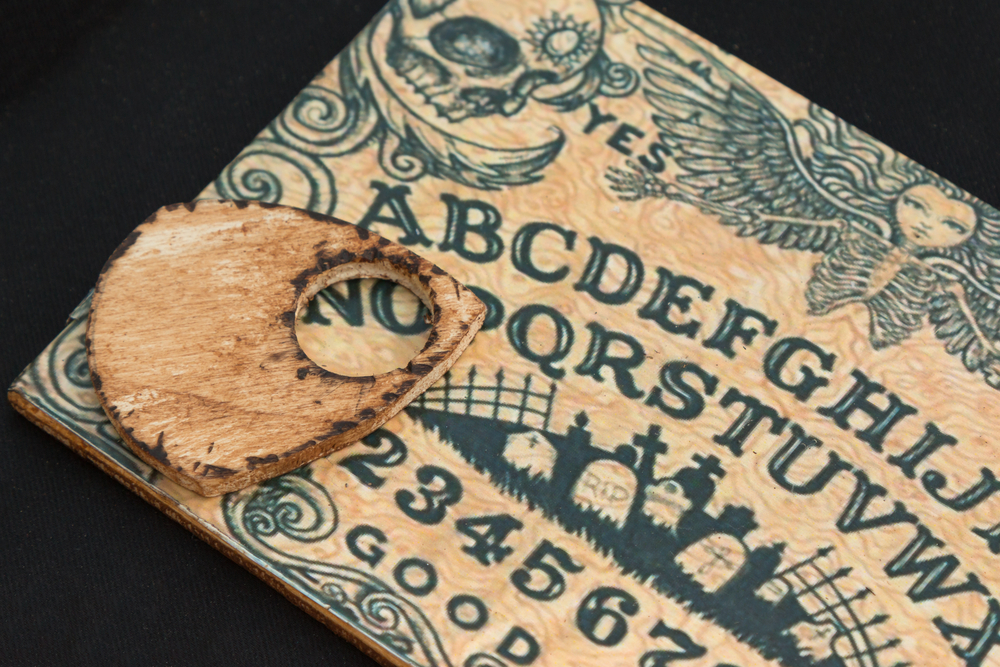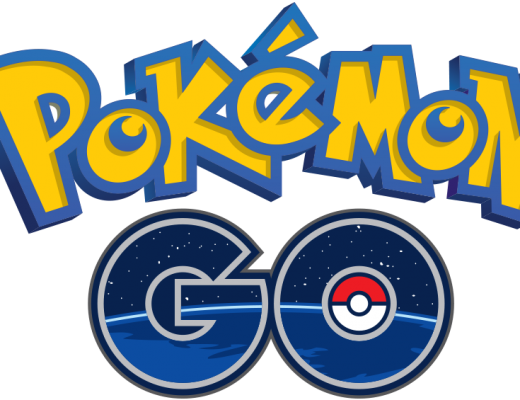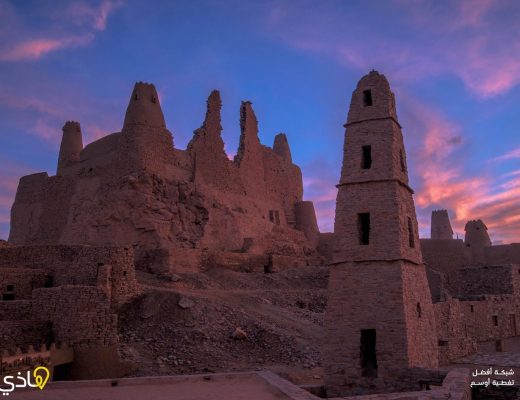Some of us have tried it ourselves, others know it from horror movies, but we are freaked out from it – the ouija.
With claims such as giving us the ability to communicate with dead, it’s not a surprise that the ouija board is as popular as it is. It has been the focal point of hundreds of scary books and movies, and has been the highlight of many parties and sleepovers. But where did this freaky toy come from?
The first ever mention of a similar device appears in the historical documents of the Song Dynasty, China, around 1100 AD. It was known as fuji “planchette writing” and was used for communicating with the dead, as well as with the spirit world.
It's scary to even think about how these are active https://t.co/5Zcg5v56tw #Volcano #Travel #History #Geology
— The Life Pile (@thelifepile) July 9, 2018
The practices were conveyed through special rituals and under supervision, until the Qing Dynasty forbid it.
The ouija as we know it today was created in Baltimore, Maryland, USA, in 1890, but had existed widely even before that. Mystics and mediums used the device to help survivors of the American Civil War to communicate with loved ones who had been killed in or during the war.
It was businessman Elijah Bond that had the idea to patent a planchette that were to be sold with a board on which the alphabet was printed, like the ouija boards we know today.
It lies between Poland and Lithuania, far away from Russiahttps://t.co/RFjALX5uaa #Kaliningrad #Russia #WorldCup #Football #History
— The Life Pile (@thelifepile) June 19, 2018
When one of Elijah Bond’s employees, William Fuld, went on to produce his own boards, he named it ouija. Charles Kennard, founder of Kennard Novelty Company, which manufactured Fuld’s ouija, said that the name was an ancient Egyptian word that means “good luck.” however, Fuld later said that the name came from combining the French and German words for “yes.”
From there on the board became popular and manufacturers all over the world started producing and selling their own versions, spooking millions of kids and adults alike each year.




